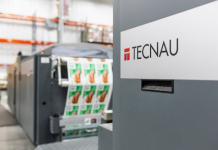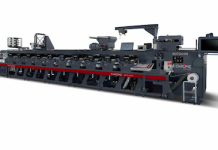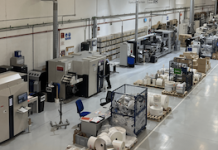Laurel Brunner of the Verdigris Project writes that achieving greater environmental sustainability is easier said than done. ISO’s technical committee working on standards for the printing and publishing industries is considering a new project. The project is intended to help organisations to assess their progress towards greater environmental sustainability. The new project is tentatively called Guidance for Sustainabililty Assessments.
The aim of the new tool is to make the process simpler, without compromising its credibility and effectiveness. Investors and consumers, service providers and people selling machinery and IT systems currently have no industry specific guidance for measuring or assessing factors that contribute to improved environmental sustainability. But we must all be able to identify, assess and measure progress towards improved environmental sustainability. The difficulty for most organisations in our sector is how to do it and where to start.
ISO’s committee for printers and publishers wants to provide guidance that helps people to assess and measure their efforts. The objective is to help companies move at their own pace towards greater environmental sustainability. The work assumes that environmental sustainability will also support social and economic sustainability, the other two sustainability pillars. Guidance for environmental assessment and reporting will make it easier to compare progress like for like, which could spur greater innovation and accelerate progress towards net-zero.
So far progress has been gradual in this industry. Most publishers and printers are blocked by anxiety about how to improve matters, but also because the industry is so complex. They don’t know where to start and there is also the problem of knowing how to get started. Do we move independently? Or do we wait for our industry associations to take a lead and offer models we can follow? Either way we need commonly accepted tools that will give all organisations an easy starting point.
This step towards improving the eco footprint of printing and publishing will provide publishers with the means to evaluate their service providers on the basis of their environmental sustainability. They may also be able to consider different production models for projects based on those evaluations and this could encourage greater competiveness in the market. The ISO project will require complete and transparent reporting to ensure that environmental sustainability claims are fully contextualised, timely and verifiable.
Regulations and buyer expectations constantly evolve but environmental sustainability is rising steadily up the agenda for all players in the publishing and printing communities. Environmental sustainability supports long-term commercial and societal sustainability. The three sustainability facets are interdependent and should be mutually supportive. Improvements in one facet, such as environmental sustainability, will lead to enhanced commercial and societal gains. What’s not to like?
This article was produced by the Verdigris Project, an industry initiative intended to raise awareness of print’s positive environmental impact. Verdigris is supported by: FESPA (www.fespa.com), Fujifilm (www.fujifilm.com/sustainability/), HP (www.hp.com), Kodak (www.Kodak.com/go/sustainability), Practical Publishing (www.practicalpublishing.co.za), Miraclon (https://miraclon.com), Unity Publishing (http://unity-publishing.co.uk) and Xeikon (www.xeikon.com).
THE VERDIGRIS PROJECT
http://verdigrisproject.com/





















